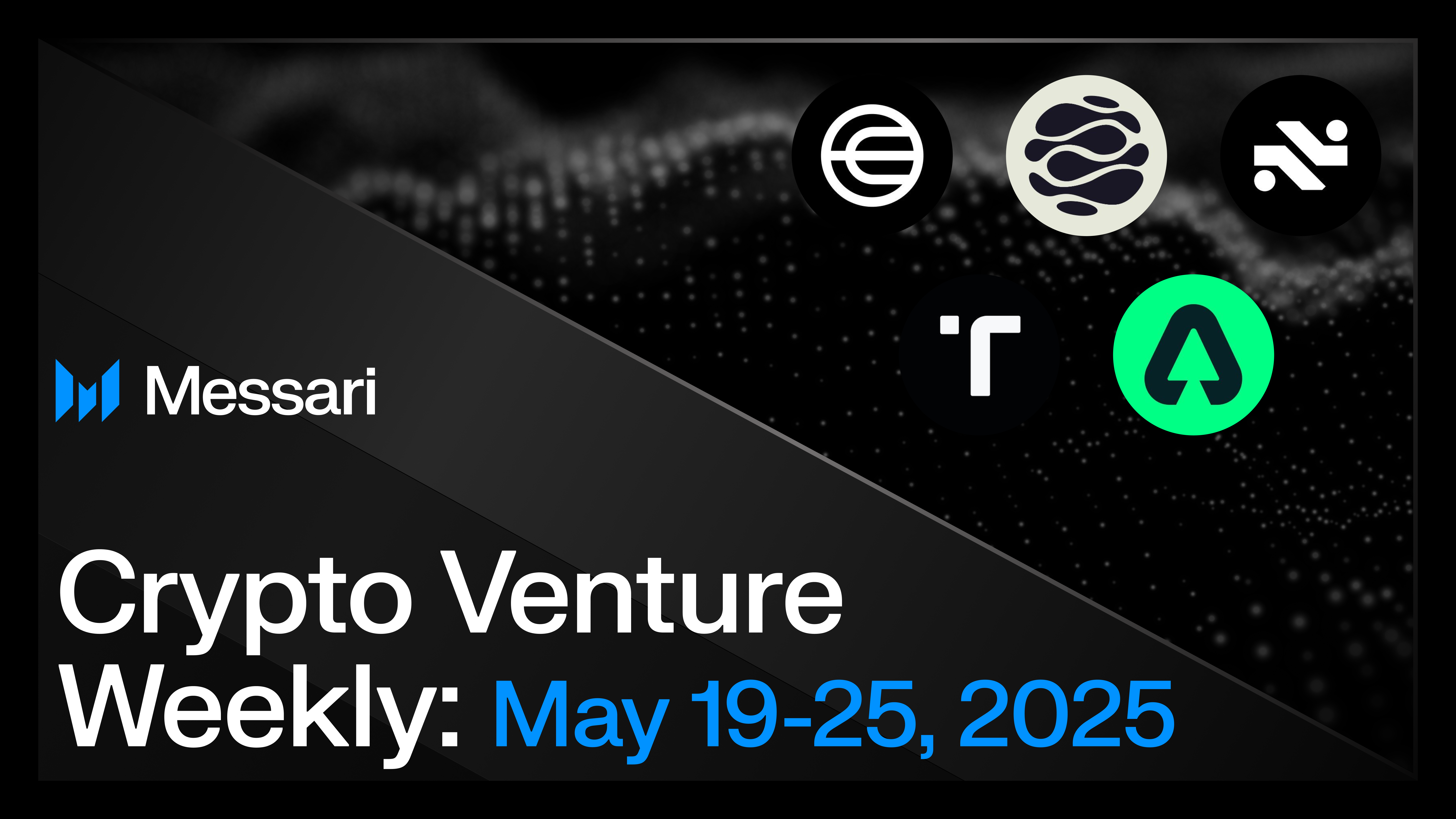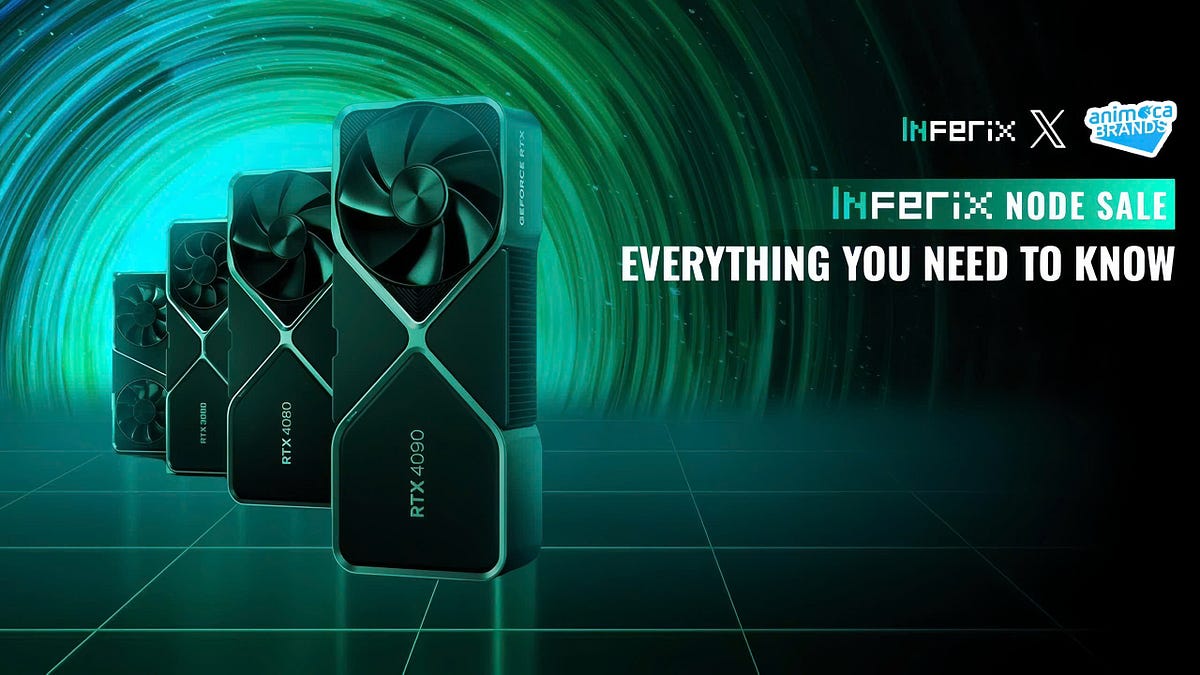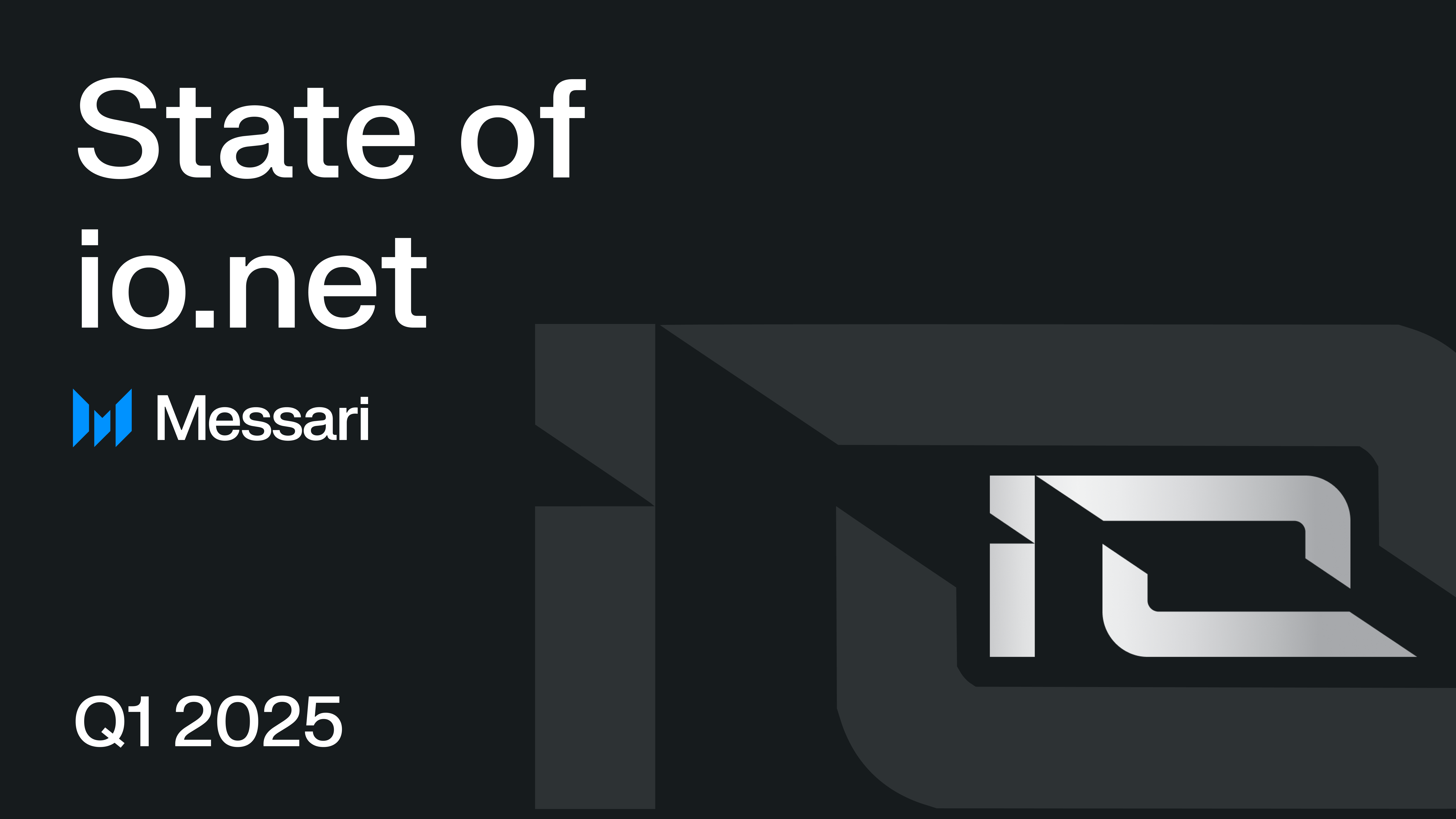CUDOS Achieves Major Milestones in September with ASI Merger and Infrastructure Expansion

September marked a transformative month for CUDOS, characterized by significant developments, impressive growth metrics, and strategic partnerships. A highlight was the proposal for CUDOS to join the Artificial Superintelligence Alliance (ASI), aiming to synergize AI and cloud computing for sustainable innovation. The community’s enthusiastic response culminated in a successful vote for the merger, paving the way for a new chapter in CUDOS’s evolution. Detailed resources, including a voting guide and migration steps for the upcoming token merger with $FET, have been made available to assist users in this transition.
The month also witnessed remarkable operational achievements, with a staggering 8,475 new virtual machines (VMs) deployed, reflecting a 159% increase from the previous month. This surge brought the total number of VMs across the CUDOS Intercloud to nearly 30,000. Additionally, the user base surpassed 11,000, and the platform logged over 500,000 compute hours, showcasing the diverse workloads being supported. Financially, CUDOS generated over $700,000 in revenue, underscoring its robust performance and growing adoption in the market.
Infrastructure expansion was another key focus, with the establishment of new data centers in Norway and the USA, enhancing global computing capabilities. These facilities are equipped with advanced hardware to ensure efficient service delivery. Furthermore, CUDOS engaged with the community through events and discussions, including an AMA with CEO Matt Hawkins, who emphasized the merger’s potential benefits. The media also recognized these milestones, with coverage in platforms like Cointelegraph, highlighting CUDOS’s commitment to advancing AI and decentralized computing. Looking ahead, CUDOS is poised for continued growth and innovation, thanks to the unwavering support of its community.
Related News





